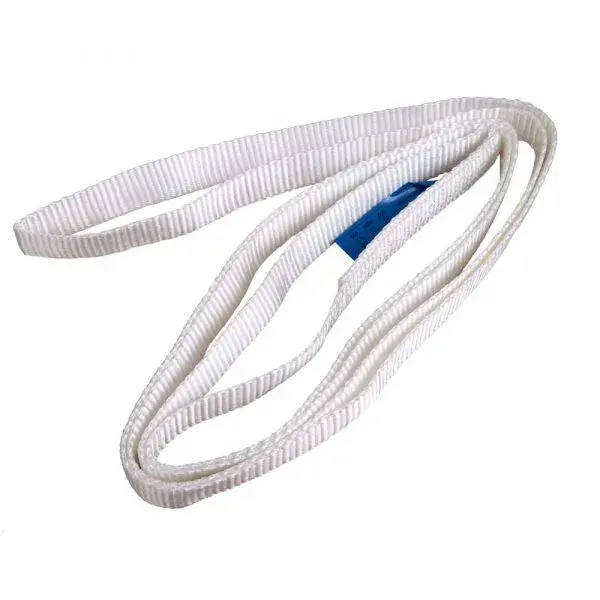Why Should You Choose a Lifting Sling for Safe and Efficient Material Handling?
2025-09-15
In industrial operations, heavy lifting is always a critical challenge. The demand for safe, efficient, and cost-effective solutions has made the Lifting Sling one of the most indispensable tools across construction, shipping, warehousing, and manufacturing industries. Unlike chains or ropes, lifting slings provide flexible support, distribute the load evenly, and minimize the risk of damage to both the cargo and equipment. As someone who has used different lifting solutions, I have experienced firsthand how a well-chosen sling can improve workflow and safety standards.
What Is the Main Role of a Lifting Sling?
A Lifting Sling is designed to help operators move heavy loads securely by attaching them to cranes, hoists, or lifting devices. Its role is simple yet vital: to support and stabilize cargo during lifting or transportation. Depending on the type—synthetic web slings, round slings, or wire rope slings—they adapt to different working environments.
Key roles include:
-
Ensuring load stability during lifting
-
Reducing friction and pressure points
-
Enhancing worker safety
-
Protecting cargo from scratches or dents
How Effective Is a Lifting Sling in Daily Use?
When I first used a sling in warehouse operations, I asked myself: Can this really make lifting easier and safer?
Answer: Absolutely. The effectiveness lies in its ability to combine strength with flexibility. Unlike rigid tools, a sling conforms to the shape of the object, spreads weight evenly, and reduces the risk of load shifting.
Benefits in practice:
-
Faster lifting operations with reduced manual effort
-
Higher load capacity compared to ropes or belts
-
Longevity when properly maintained
-
Compatibility with different load shapes and surfaces
Simple comparison table:
| Type of Sling | Typical Use | Strength Level | Flexibility |
|---|---|---|---|
| Web Sling | Machinery, fragile goods | Medium | High |
| Round Sling | Heavy irregular objects | High | Very High |
| Wire Rope Sling | Construction, steel lifting | Very High | Medium |
Why Is the Lifting Sling Important for Safety?
During heavy operations, safety is always the first priority. Once, I wondered: Is investing in a high-quality sling truly worth it?
Answer: Yes, because the importance of a sling goes beyond lifting. It reduces accidents, prevents injuries, and ensures compliance with safety regulations. A reliable sling minimizes sudden load drops or equipment failure, protecting both workers and materials.
Safety impact of slings:
-
Reduce workplace accidents caused by unstable loads
-
Minimize equipment stress by distributing weight
-
Comply with international lifting standards (ISO/EN/ASME)
-
Provide a secure grip, even in challenging environments
What Practical Role Does It Play in Industry?
In many industries, efficient lifting is directly connected to productivity. At one point, I asked: Can a lifting sling really improve overall efficiency and not just safety?
Answer: Yes, it can. By reducing downtime, ensuring smooth load transitions, and minimizing material damage, slings have a direct influence on operational efficiency.
Industrial applications include:
-
Construction: hoisting steel beams, concrete slabs
-
Shipping: loading/unloading containers
-
Warehousing: moving fragile or heavy goods
-
Manufacturing: positioning machinery or parts
Why Choose Ningbo Kingslings Import And Export Co., Ltd.?
The Lifting Sling is more than a tool—it is a guarantee of safety, efficiency, and reliability. From supporting fragile goods to handling massive steel structures, slings adapt to multiple applications while ensuring cost-effective and safe lifting solutions. Choosing the right supplier is equally important.
Ningbo Kingslings Import And Export Co., Ltd. provides high-quality lifting slings that meet international standards, ensuring durability and safety. With professional expertise, strict quality control, and tailored solutions, we are committed to delivering products that help your business achieve higher efficiency and safety standards.
📩 Contact us today to discuss your lifting requirements and discover how our slings can improve your operations.



